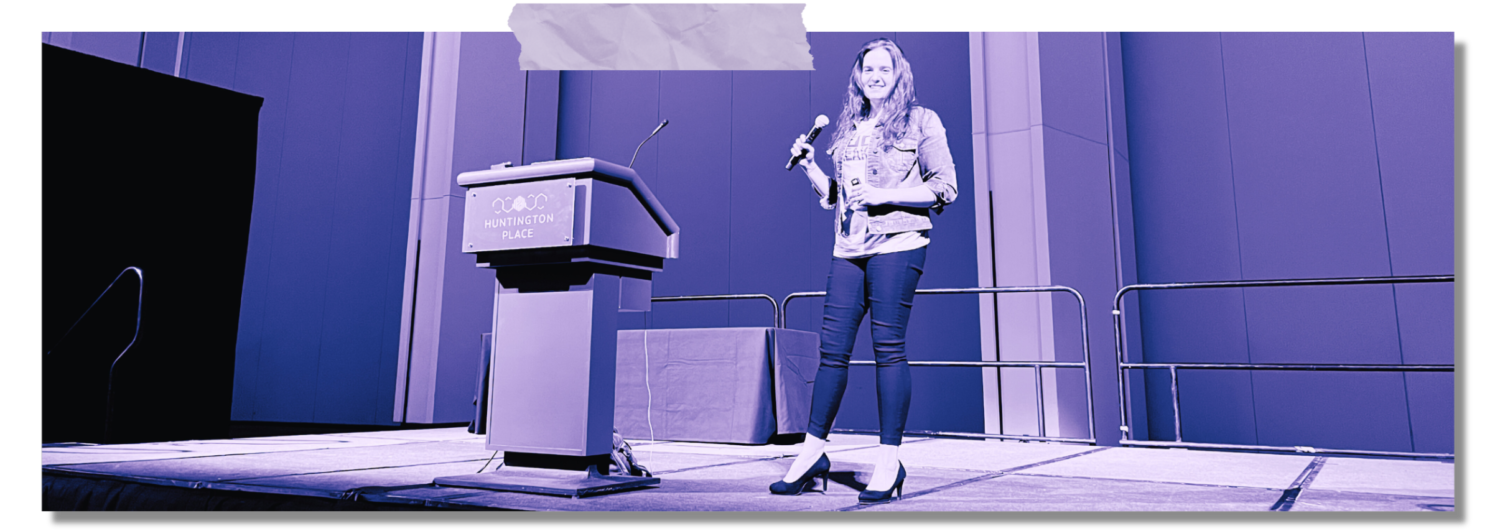This past September, coding became a part of our ministry mandated curriculum for grades one through eight. What I assumed would be a logical continuation of my already established coding program, this year has led me to some pretty big realizations and learning for a variety of reasons. For starters, I had been teaching Kindergarten for three years.
Each year, I would teach the same introductory concepts to my new learners and continue where I left off with my second-year students.
Moving into grade one and two this year means that for some of my learners, this will be our third year together and for others, this will be our first. The other piece of the puzzle has been class placements in an ever-changing school year. I’ve been with three groups of students across three different grades since the start of the year.
By mid-December, our classroom housed three groups of students with very different experiences learning code. Group 1 consists of six who have been with me since Kindergarten. They have been coding since they began school three years ago. Group 2 is seven students who have been with me since September. They have been coding for five months. The remaining seven, Group 3, have been with me since mid-November, coding for 8 weeks.
When I started the year, I started like any other – no-tech coding using markers and a whiteboard. Get from point A to B. Show me with arrows. My six, Group 1, stared at me as if to say, been there, done that.
These kids were block coding robots by the end of Kindergarten and I was handing them markers and asking them to draw arrows on a grid.
My new students were intrigued and drawn to the challenge of what was very new learning for them. I scaffolded the learning as we approached new challenges and concepts. By late fall, we were two months into a whole host of coding concepts – sequential patterns, writing and remixing code, debugging – when a full school reorganization brought me seven brand new students, none of which I’d taught before.
As you can imagine, this vast range in experience makes for some very intense program development, not unlike planning for students on individualized learning plans. When laid out side by side, the progression of the new coding curriculum from first to eighth grade follows a logical sequence. What we’re forgetting however, is that most of our students haven’t been coding since Kindergarten. They therefore haven’t been taught concepts or been given the experience required in order to understand and apply higher level concepts in later grades. The breakdown of my current classroom of 20 students is a glaring reflection of why we must scaffold this new learning for all. I couldn’t possibly expect Group 3 to be doing what Group 1 is. In fact, is it even fair to expect our eighth graders to be doing what Group 1 is? It doesn’t matter how old they are.
Can we expect students to learn to read before they know the alphabet?
It begs the question, should age be the only criteria for grouping our students? While I don’t have a tried and true answer to this question, I do know that in three short years my current group of six are on a different level than their peers. The proof stands in front of me every day.
It’ll be 10 years before today’s Kindergarteners make their way through this new curriculum. And one can only imagine how technology will change between now and then. When our current four-year-olds are 14 and our 14-year-olds are 24, what differences will we see in their abilities to navigate the world of code? What if those 14-year-olds who had no experience with code learned alongside those 4-year-olds who did? What could happen? Is this even something we can even begin to measure? If we change how we’re teaching this curriculum today, how will our students benefit tomorrow?
I don’t have answers to any of these questions, and I suspect I’ll have 100 more before I come up with an answer to any single one of them. The beauty is that it is this questioning that leads to reflection.
